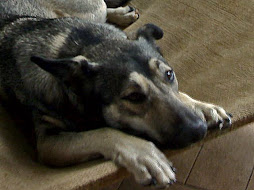Collins (2007) also compares and contrasts the differences between 1.0 and 2.0, highlighting that:
“Knowledge worker 1.0 are forced to look like this:
· limited location
· limited roles
· inside the wall
· stuck at a desk (and stuck using email and other standard tools)
· custodian of information
· knowledge as process
· uses rigid ways of organizing information
In contrast:
"Knowledge Worker 2.0 looks like this:
· all over the organization
· broad skills on solid base
· not bound to one place
· connects with colleagues, peers and client community everywhere
· Understands “the way we do things around here”
· Uses many different tools
· No particular age
· Knowledgeable, interested, engaged, contributing
· Shares and distributes information freely
As discussed in lecture 2, O’Reilly (2005) explains in detail the differentiation between expert knowledge (1.0) and user-driven knowledge (2.0). He uses many examples such as Google, Ebay, Amazon, Wikipedia, Del.icio.us, Flickr, Linux and Folksonomy (in contrast to taxonomy) to illustrate how “network effects from user contributions are the key to market dominance in the Web 2.0 era” (O’Reilly, 2005, 2).
This is a comprehensive article which uses an enormous range of examples to explain and illustrate the differences between and significance of web 2.0 as opposed to 1.0. In addition to those mentioned above, these include RSS feeds, blogging, Netscape, podcasting, AJAX, JavaScript, XHTML, and the list goes on. Each of the examples explored in the article demonstrates one or more of the key principles, or what O’Reilly (2005) believes are the “core competencies, of Web 2.0 companies.” These are:
· Services, not packaged software, with cost-effective scalability
· Control over unique, hard-to-recreate data sources that get richer as more people use them
· Trusting users as co-developers
· Harnessing collective intelligence
· Leveraging the long tail through customer self-service
· Software above the level of a single device
· Lightweight user interfaces, development models, AND business models”
(O’Reilly, 2005, 5)
This resource acts as an excellent example of Networked Information. I specifically chose this article for two reasons – one being the reputability and credibility of the author; the other being it’s relevance to the week 2 lecture. More specifically, it provides further insight into one of the related slideshows provided at the end of the lecture notes, ‘I Am Knowledge Worker 2.0.’









